Going against the grain: Why Mumbai’s eateries are turning gluten-free
After sugar, carbohydrates and milk, gluten seems to be the latest bête noire at eateries across Mumbai. But do you really need to ditch it?
Jowar spaghetti, cauliflower pizza, buckwheat crepes, almond flour cookies. They might read like a match-the-following lesson gone wrong. But at city eateries, you can actually order these baffling combinations. Because gluten is the new trans fat. And the health-conscious at Mumbai eateries are avoiding it like the burger with extra cheese.
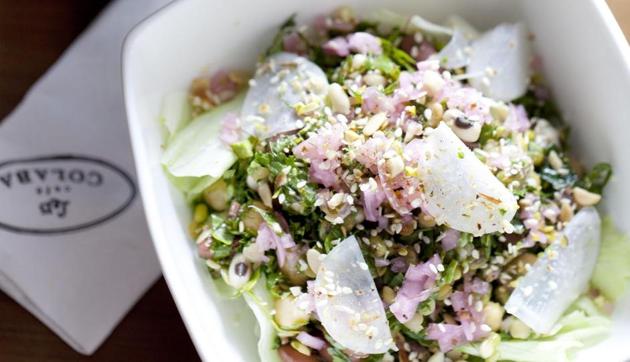
If you have paid close attention to menus, you will see that there is a flood of gluten-free options. At Sequel Bistro and Juice Bar, Bandra, the menu is completely free of gluten. At Smoke House Deli outlets, there is a separate health menu, and a section dedicated to gluten-free under it. The Bombay Canteen at Lower Parel lists a remarkable 36 options, while Lima at BKC offers 24. Add most other hip eateries: The Pantry at Kala Ghoda, Le 15 Café in Colaba, Ellipsis Bakery in Worli. Everyone’s got a finger in the gluten-free pie.
Read: Green Signal: Why is Veganism the top food trend of 2016?
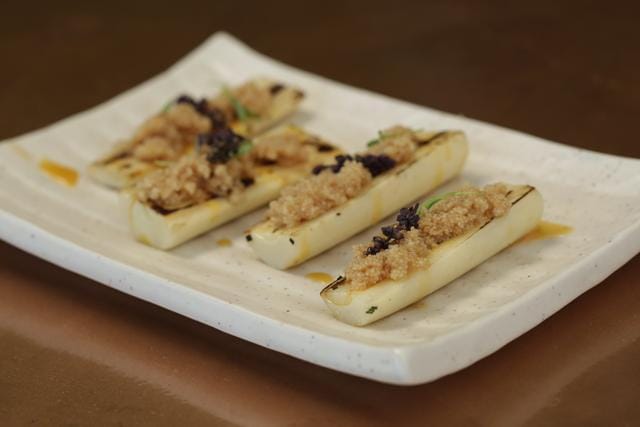
In India, the gluten-free phenomenon has gathered steam in the last two years, driven by noise on the internet about gluten intolerance, and good old star power — celebrities ranging from tennis player Novak Djokovic to actor Gwyneth Paltrow and singer Miley Cyrus have switched to gluten-free diets. Globally, it has been a major food trend for a decade now. So much so that one in five Americans now avoids gluten (according to a 2015 Gallup poll).
Like with several other food trends, we are behind, but eager to play catch up.
Breaking down gluten
But what is gluten and has it been wreaking havoc on our systems all these years? The complex protein is found in wheat, rye and barley. In tangible terms, gluten is the stretchy substance that helps dough rise and retain shape.
However, approximately just 1% of the global population (including India) cannot process gluten, and suffers from Celiac disease, an auto-immune disorder where eating gluten damages the small intestine. It can be diagnosed through a blood test or an intestinal biopsy, and is life-long.
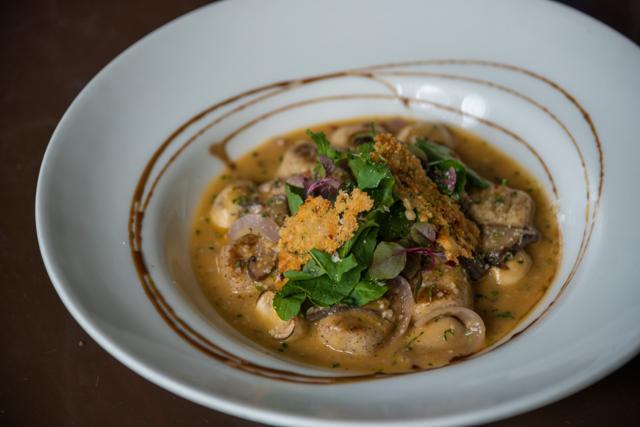
An additional 5 to 10% suffers from low to high levels of non-Celiac gluten sensitivity (NCGS); the symptoms are similar, but blood tests are negative. Putting such people on a gluten-free diet and monitoring them is the only way to detect it, and it is curable over time. “Unlike in the West, where elaborate studies are conducted on Celiac disease and non-Celiac gluten sensitivity, in India, there have been no studies on the disease. Many people self-diagnose themselves as gluten intolerant,” says gastroenterologist Dr Roy V Patankar.
While gluten intolerance and Celiac disease apparently affects a tiny percentage of the population, the range of gluten-free options available at supermarkets and eateries would make you think that there’s some sort of an epidemic.
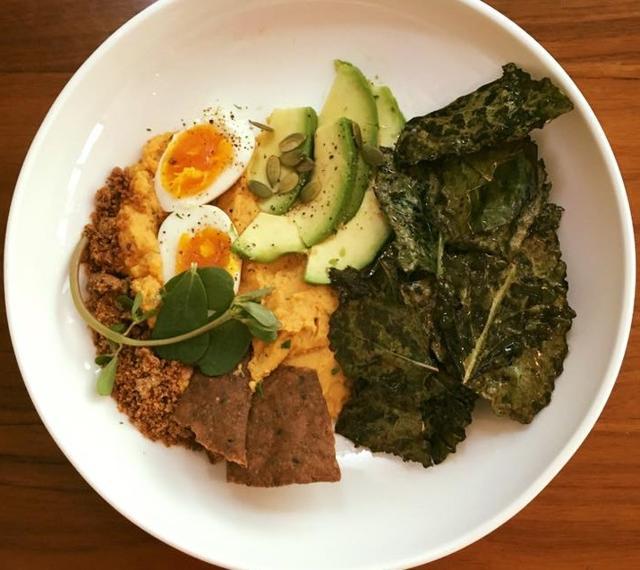
The alternatives
But if gluten-free menus will sell more tables-for-two, chefs and owners will adopt them. One of the first to try gluten-free options was chef Kelvin Cheung, who runs One Street Over and Bastian in Bandra. He introduced it into his menu four years ago. “I was trying to win over my now wife who has a gluten allergy. I started with cupcakes, brownies and cookies, which played a big part in my wooing strategy,” he says.
At Sequel, in Bandra, everything from starters to desserts are gluten-free. Owner Vanika Choudhary has been eating gluten-free food for five years. “The idea of opening Sequel was to share this with the community at large. I quit my corporate job to start this,” she says. Choudhary isn’t gluten-intolerant, but was making a lifestyle choice.
The commonly used substitutes for gluten are ragi, quinoa, buckwheat, jowar and amaranth. While quinoa is exotic, the remaining grains are as Indian as they get. “Indian meals always included gluten-free options. Bajra, almond flour, buckwheat have been used in Indian households for years. We just never realised they were gluten-free,” says chef Paul Kinny, culinary director of 212 All Good at Phoenix Mills.
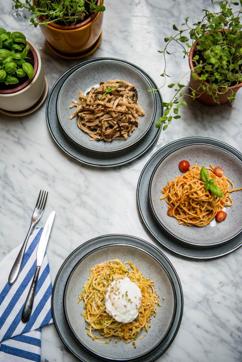
One of the major challenges of offering gluten-free options is to recreate the taste and texture of wheat-based dish. At Smoke House Deli, Lower Parel, chef manager Glyston Gracias did trials for five months before developing alternatives. “To prevent substitutes from making the dishes bland, we pair the alternative ingredient with marinades such as lemongrass and Peri Peri,” says Gracias.
One obvious demerit with new trends/fads is the substitutes are far more expensive. Millets and brown rice are among cheaper substitutes, but quinoa and buckwheat cost more. Naturally, dishes using them are dearer. At Smoke House Deli, to balance prices, they pair an expensive ingredient (say, cocoa nib) with less expensive ones (soy milk and nachni) to make the dish relatively cheaper.
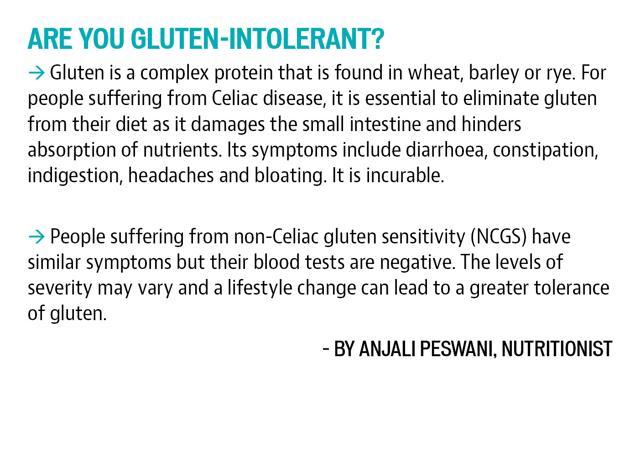
Is it healthier?
Evidently, a lot of people are going gluten-free not because they’re intolerant, but because of the perception that it’s low fat and healthier. It is not necessarily true. “A gluten-free dish may contain a lot more butter or oil, and that may not be healthier. At the same time, the relief from bloating that people experience could come from eliminating processed foods (biscuits, bread, pasta contain processed flour),” says nutritionist Anjali Peswani.
While vegan diets are a lifestyle choice, gluten-free diets are dictated by health considerations. But if you’re not intolerant, you might want to rethink spending extra on a diet that is still being researched.






